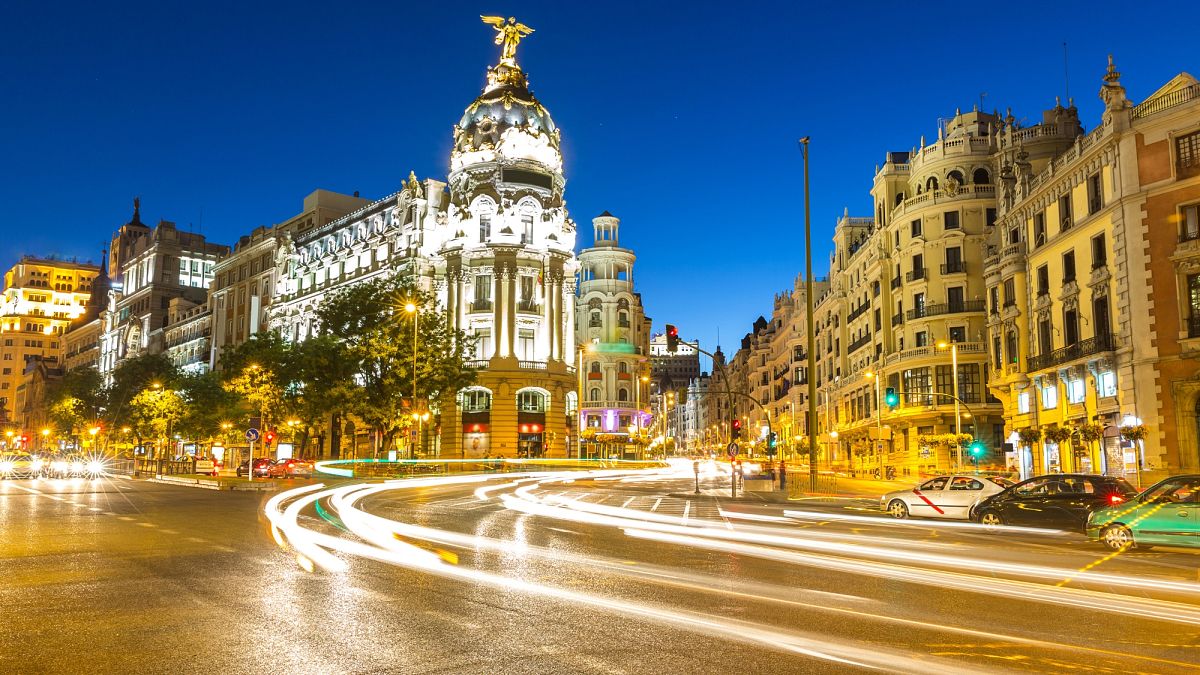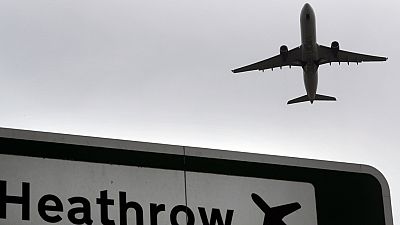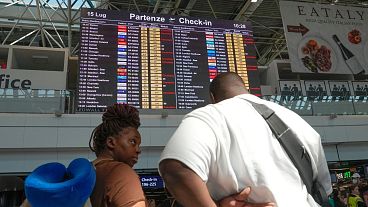A year’s increase of tourism in Spain ends with Madrid activating a black level measure for the influx of visitors to the city over the festive season.
Streets in Madrid could be shut down due to overcrowding in the city centre.
The Spanish capital has activated the so-called ‘black level’ measure due to the high influx of visitors to the city over the Christmas period.
Only implemented when there is exceptional saturation in public spaces and transport, the measure seeks to manage security and mobility in the city.
Police will monitor the most congested streets from the sky using drones. Once the influx of people has reached a maximum, streets will be closed down, allowing pedestrians to leave, but not enter, the area.
Around 450 municipal police agents, and up to 850 additional agents on busy days, will monitor the city during the festive season.
Both public and private transport are expected to be impacted by the special measures.
Which parts of Madrid could be affected by shutdowns?
While the whole of Madrid will be impacted, the critical points for Madrid County Council are the streets Preciados and El Carmen, the Plaza del Celenque, the section of Calle Alcalá near the Plaza de Cibeles and the Gran Vía.
The Sol station of Metro de Madrid and the Renfe Cercanías network are currently closed between 6pm and 9pm until 9 December.
Spain’s tourism is increasing year-round
The number of tourists in Spain has been growing year-round, not just during December.
During the first 10 months of 2022, 74.7 million tourists visited Spain on holiday, an 18.2 per cent increase from the same period last year.
In October, not a typical ‘tourist’ month, 8.17 million international tourists visited the country, 13.9 per cent more than October 2022. November 2023 saw 3.3 million foreign tourists enter the country, an increase of 9.3 per cent over the same month the previous year.
Germany, France, the UK, Russia and the Nordic countries have contributed most to the growth of international tourism.
“We are transforming the historical nature of our tourism,” says Jordi Hereu, Spain’s Minister of Industry and Tourism. “Spain continues to be a leader, the recovery of the sector is absolute and full, but we are diversifying and de-seasonalising the flows, which results in a more sustainable tourism that’s less dependent on the high summer season.”
Tourist spending in Spain increasing
With the influx of tourists comes an increase in spending.
Each tourist to the country spent an average of €1,260 in October, 9.8 per cent more than last year and 14.9 per cent more than in 2019. Spending per day has also grown, with each tourist spending €185 daily in October, 15 per cent more than in 2019.
The main reason for this increase in tourism expenditure is the rise in prices. In May 2023, prices were 15 per cent higher compared with 2019.
Tourism is positive for jobs in Spain
Between April and June 2023, tourism-related activities registered almost 150,000 more employees than in the same quarter of the previous years, with 25 per cent of all new jobs in Spain coming from tourism-related activities.
“The tourism sector is one of the main economic engines of our country,” says acting Minister of Industry, Trade and Tourism, Héctor Gómez. “Spain continues to create jobs linked to tourism activities and does so in an increasingly robust way and always under the motto of quality, stability and excellence.”



